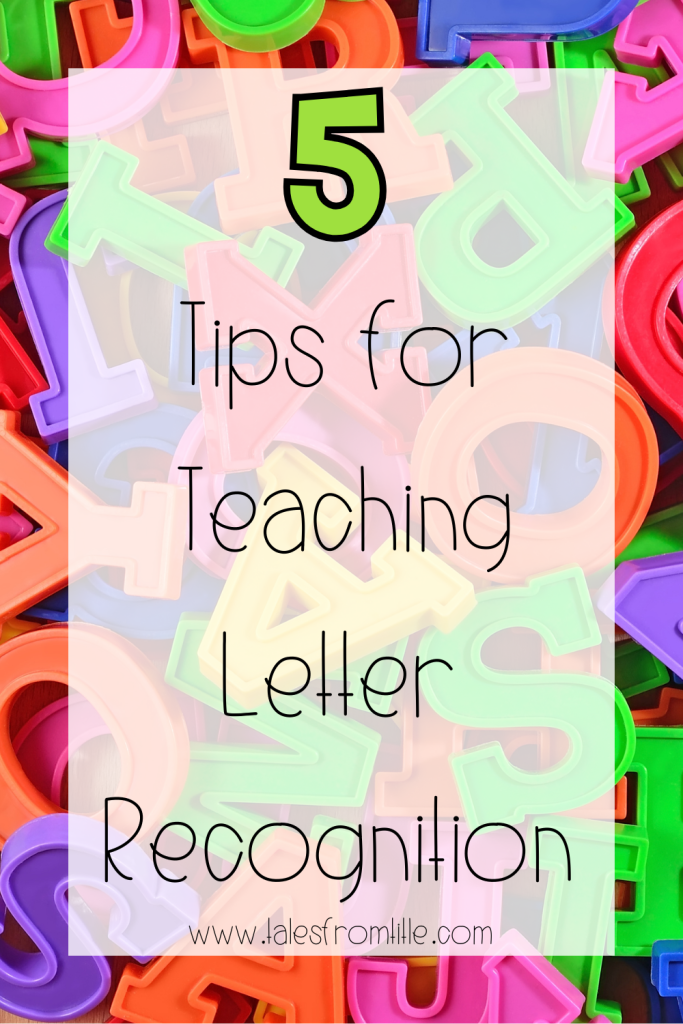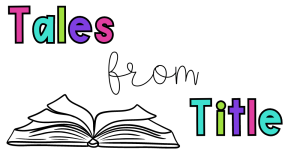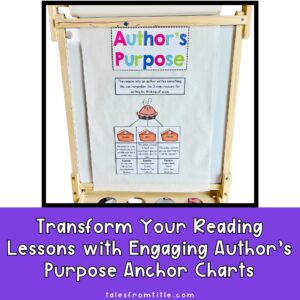Introduction
In my last post, I talked about the four components of learning letters. Today, let’s dive into letter recognition skills and how we can lend a helping hand to students. Whether you’re a teacher, a parent, or simply an interested reader, my goal for this blog post is to equip you with a few handy tips to make letter recognition an engaging and enriching experience for young learners. So, let’s jump right in!
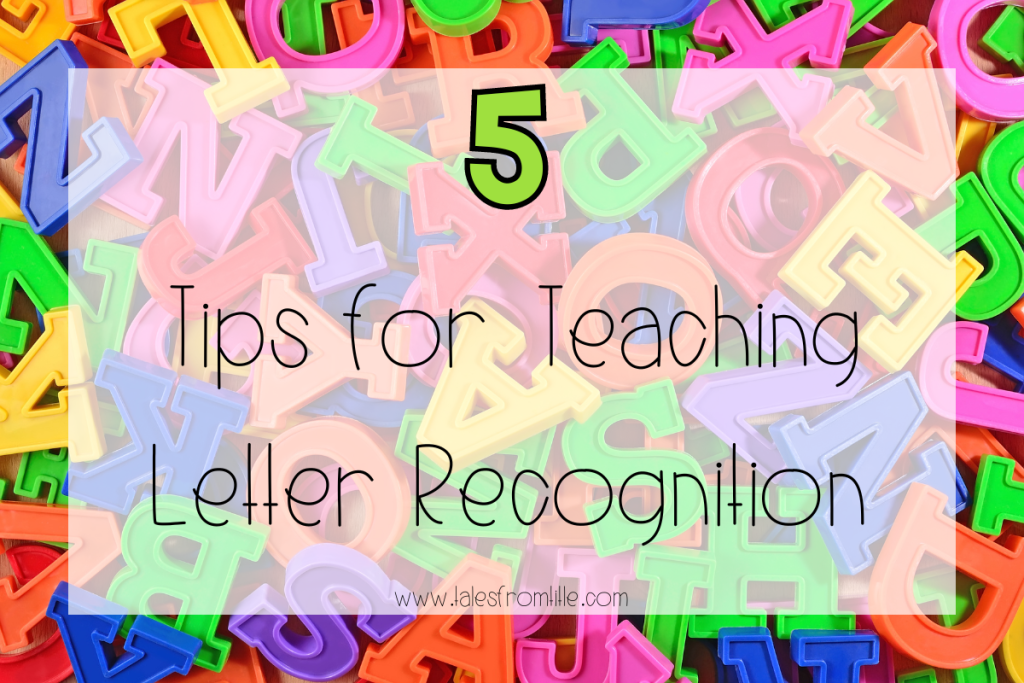
Why Is Letter Recognition Important?
Before we delve into the practical tips, let’s quickly review why letter recognition skills matter. Letters are the building blocks of words, sentences, and communication as a whole. By mastering letter recognition, students gain an essential foundation for reading, writing, and overall language development. Plus, it helps them become confident and independent readers, which will hopefully instill in them a lifelong love of books!
5 Tips for Helping Students with Letter Recognition
Make It Fun:
Learning shouldn’t always feel like a chore, right? Incorporating play into letter recognition activities can make the learning process more engaging and enjoyable. Use puzzles, create simple games, or even create letter scavenger hunts around the classroom or home. The more interactive and hands-on, the better!
- Fish for letters: Attach paper clips to letter flashcards and lay them out on the floor. Create simple fishing poles using dowel rods, string, and a magnet. Then, give students a letter fish from the pond to catch. For example: Can you find the fish with the letter g on it?

Connect Letters to Everyday Life:
Letters are everywhere, from street signs to cereal boxes. Involve students in recognizing letters in their surroundings. Encourage them to spot and name letters throughout the school building, while reading a book together, and even out at recess. By making these connections, students will begin to see the importance of letter recognition, making it more meaningful and relatable.
- I Spy: When you are out for a bathroom break, heading to recess, or waiting in line in the cafeteria, play a game of I Spy. Instead of spying an object of a certain color, spy a letter and have students take turns guessing to see if they can find where the letter is in their surroundings.

Sensory Play:
Tactile experiences can enhance learning, especially for younger learners. Create letter recognition activities that engage multiple senses. For example, use sand, play dough, or even shaving cream to have students trace letters with their fingers. This multisensory approach adds an extra layer of fun and reinforces learning.
- Hair gel writing: If you hate mess, this sensory play idea is for you! Add cheap hair gel to Ziplock Bags, close the bag, and use Duct Tape on the end that opens to prevent any accidental openings of the bag. Next, spread some letter flashcards out on the table and give students a letter to find. Once they find the letter, have them write it using their finger on the outside of the bag.

Use Technology Wisely:
In today’s digital age, technology can be a valuable tool in teaching letter recognition. Numerous educational apps and websites offer interactive games and activities, allowing students to practice letter identification in an engaging way. However, many students spend an exorbitant amount of time in front of screens. Make sure you monitor screen time and use technology as a supplement, not a substitute for hands-on learning experiences.
- Preschool Prep has several great apps for students who are learning their letters. They have Meet the Uppercase Letters, Meet the Lowercase Letters, and Meet the Vowels. When students play this game, they are asked to find a letter among three letters. When they select the correct letter, the letter becomes an object in a scene. I found with this app that students were able to remember the letter and the sound it makes because they had a memorable experience with the letter when playing Meet the Letters.
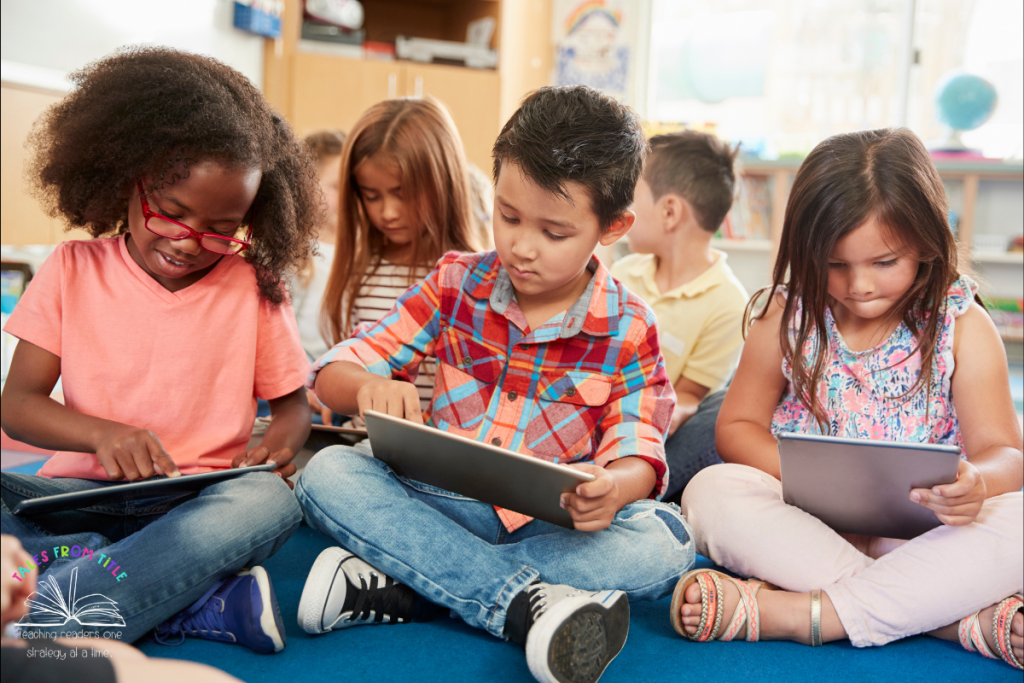
Personalize Learning:
Every student is unique, and their learning preferences may vary. Tailor your approach to letter recognition to suit individual needs. Some students may benefit from visual aids, while others might prefer auditory cues. By adapting your teaching to their specific learning styles and interests, you’ll help them make faster progress and build confidence.
- Incorporating the interests of your students (hunting, monster trucks, dance, and even TV shows) can help your students stay interested in learning their letters. You can also incorporate seasonal themes and holidays into your instruction to keep letter learning fun and connect it to real life events.

Conclusion:
Letter recognition skills are an essential step in a child’s reading journey. By implementing playful and interactive activities, connecting letters to real-life scenarios, and personalizing the learning experience, we can make this foundational skill both enjoyable and effective.
Remember, students are not going to master the alphabet overnight – especially your struggling students. Incorporating the five tips from above will help make their learning experience more enjoyable and prevent those negative attitudes toward learning from coming out. Incorporating those fun learning experiences will keep your students excited about learning.
Stay tuned! I’m planning to do a post soon with a list of ideas with directions for teaching letter recognition skills.
